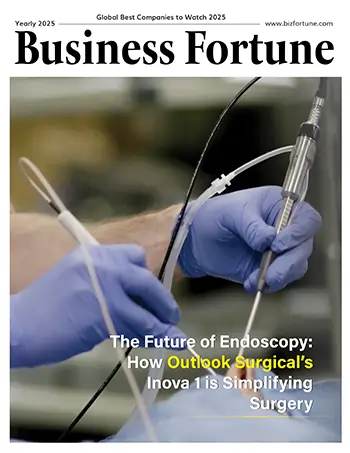Home Industry Space NASA argues for choosing certa...
NASA argues for choosing certain proposals for astrophysics probe missions
Space

Business Fortune
08 November, 2024
NASA defended the choice of two concepts for investigation as the agency's first probe-class mission in astrophysics in the face of criticism from the public that the two missions are not comparable.
On October 3, NASA said that it has selected two proposals for further research for its upcoming Astrophysics Probes Explorer, or APEX, series of missions. $5 million was given to each of the two ideas for a year-long study to improve their concepts. NASA will decide in 2026 which of the concepts will be the first probe-class mission to launch in 2032.
Based on a suggestion from the Astro2020 decadal survey, the APEX program aims to bridge the gap between bigger flagship projects such as the James Webb Space Telescope and smaller Explorer-class astrophysics missions. NASA required ideas for its inaugural competition to do X-ray or far-infrared astronomy and established a cost ceiling of $1 billion, excluding launch and any foreign contributions.
The Advanced X-ray Imaging Satellite (AXIS), one of the chosen ideas, would conduct a variety of astrophysical investigations at X-ray wavelengths with a huge field of view and excellent spatial resolution. The other, called PRIMA (Probe Far-Infrared Mission for Astrophysics), would use a 1.8-meter telescope to do far-infrared spectroscopy and imaging.
The astrophysics community had conjectured in the weeks after NASA's selection of AXIS and PRIMA that the two might not have been the best-rated NASA proposals that received and considered. The head of NASA's astrophysics division, Mark Clampin, declined to respond to inquiries regarding the selection process at an online town hall event on October 23 since the agency was still debriefing teams whose proposals were rejected.


































